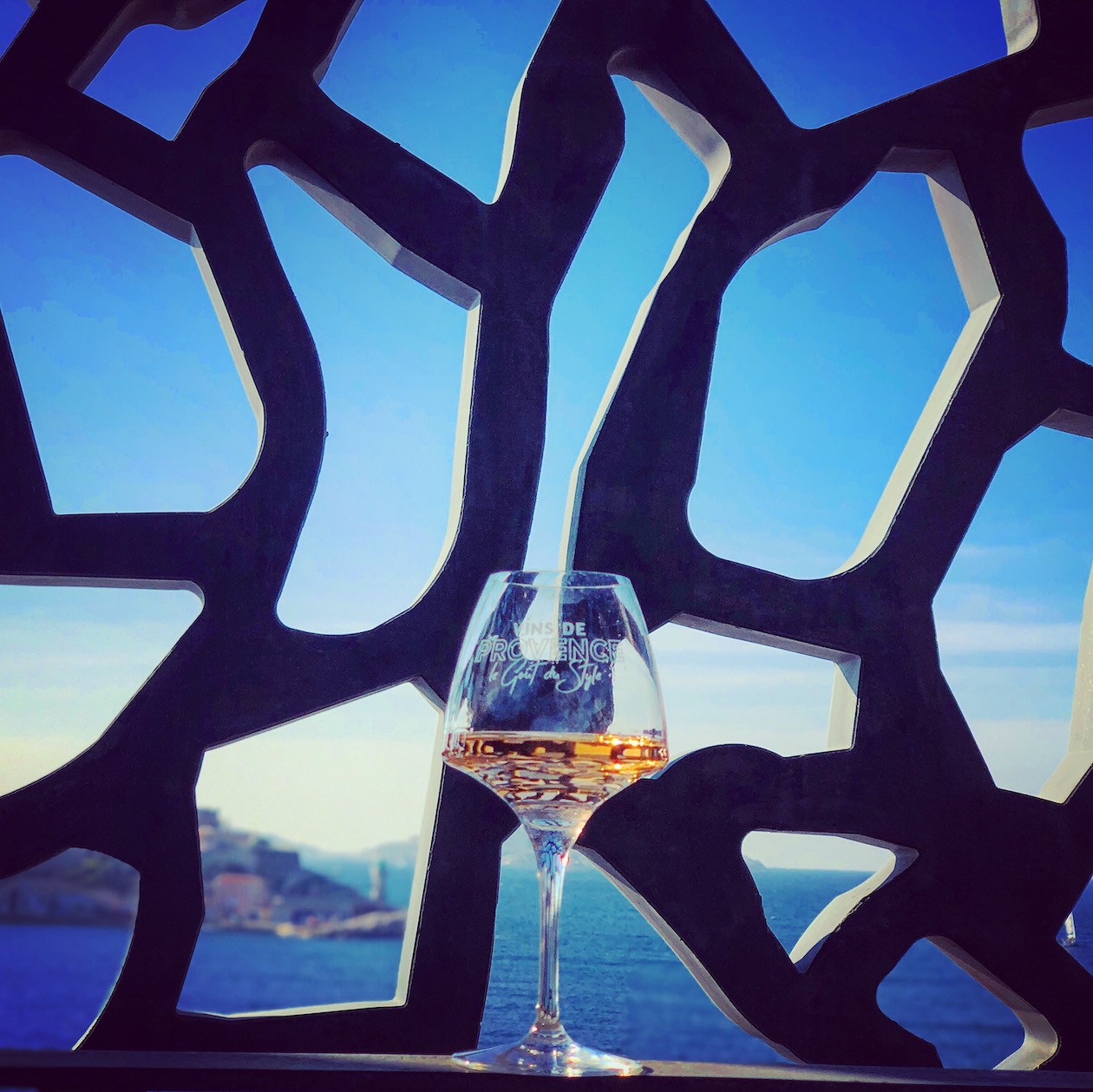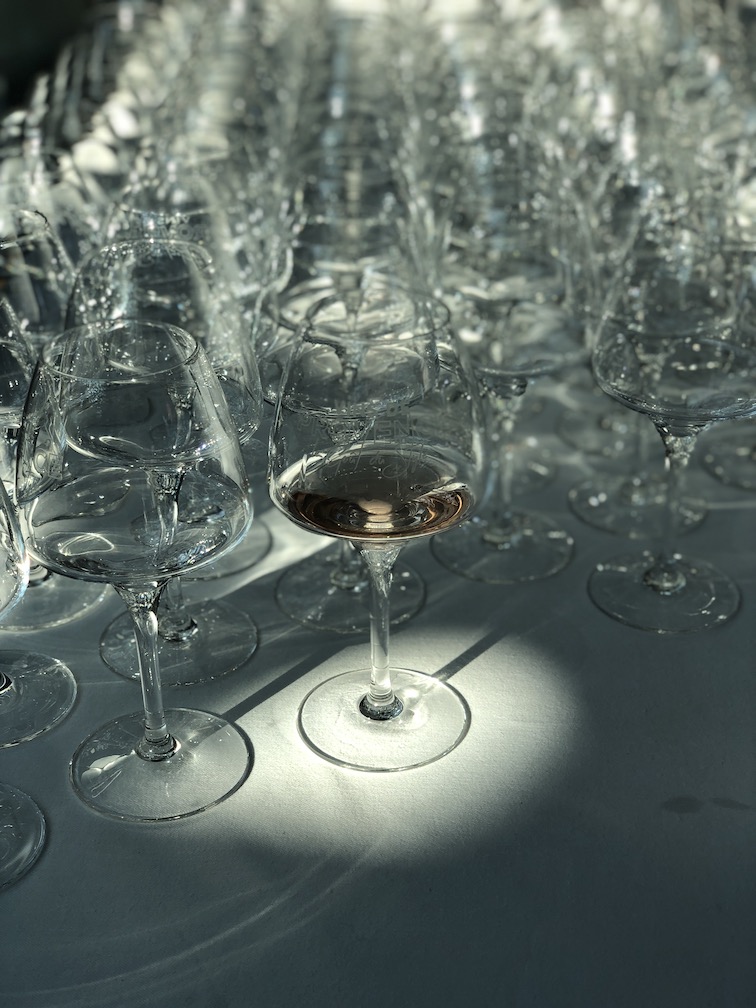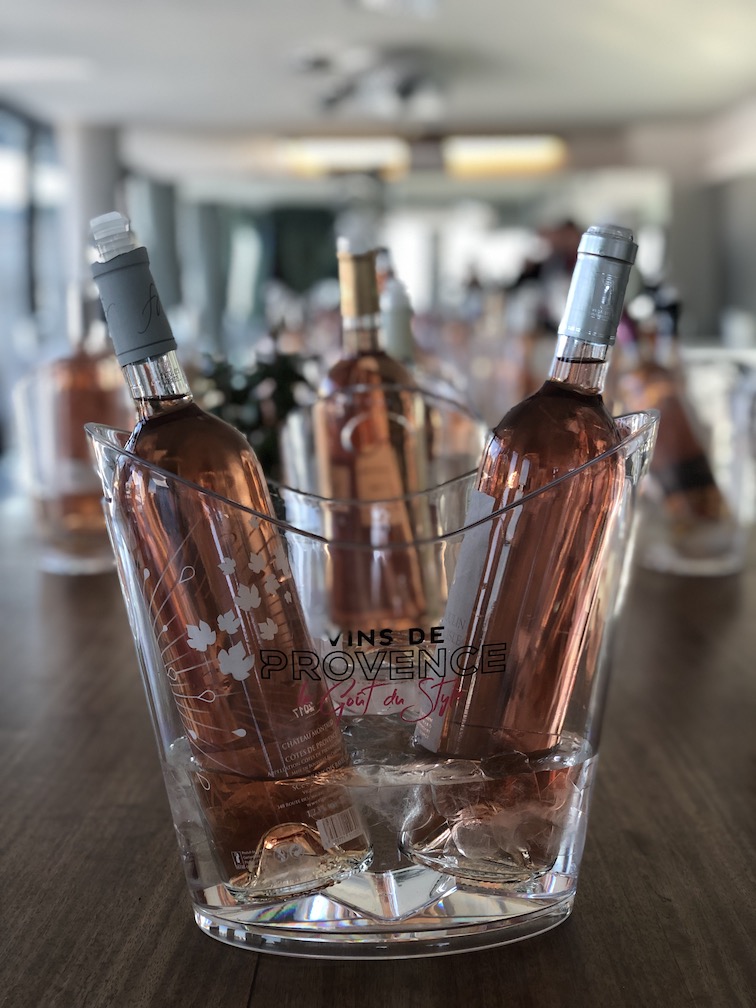
A rosé-tinted spectacle: Provence looks to the future
This is a piece written for The Buyer, from the 5th annual International Rosé Symposium in Marseille, and it should interest anyone with a love for summer rosé – a warming thought as Britain freezes. Celebrating sales success, the industry is dominated by Provence with its world-famous light pink wines, but there are clouds on the horizon, with climate change and water shortages forcing producers to embrace change.
There’s much to celebrate in the world of rosé wine. Globally, sales are growing sharply, up more than 30% since the year 2000, the market is far from mature, and the growth is apparently being driven by millennials. Even the French are thinking pink, knocking back around a third of the world’s rosé, which is more than they actually produce.
… pale is interesting …
More than any other wine, colour is now the key selling point. Provence has driven the rush from blush, delivering the style of rosé now emphatically preferred by consumers, who appear to have concluded that pale is interesting.
All that positive news might have suggested the producers, gathering for the 5th annual ‘Recontres Internationales du Rosé’, should just have a celebratory drink and head home again, but there was some serious soul searching on the agenda for those gathering in sunny Marseille.

Climate change, rising temperatures, water shortages and freak weather events all dominated, along with some intense debate around new grape varieties, the merits of a broader colour palette, the challenge of how to develop the fine dining potential of rosé and the question of how to get the Chinese remotely interested at all.
Despite its relatively recent global sales surge, rosé is rooted in the traditions of Provence, the leading producer in France for appellated rosé wines, to the extent that out of the 155 million bottles produced every year, 9 out of every 10 bottles is pink.
Organised by the CIVP (Provence Wine Council) and Centre du Rosé research centre, the symposium also attracts producers from across France and outside it, with Spain, Germany, Portugal, Hungary, the USA and Canada among those represented.
… freshness is critical …
Global warming is forcing rosé producers across the Mediterranean to adapt. Earlier picking can help preserve acidity, but this can be at the cost of taste and texture. Freshness is critical in the rosé category, so acidity must be protected, while at the same time preserving the hard won reputation for authenticity that Provence enjoys, thanks to its ancient grape varieties.
Setting out the challenges, Director of the Rosé Research and Experimentation Centre, Gilles Masson, urged growers to consider trials of alternative grapes – especially as the majority of wines are blends – that could support the Provence style, with lower PH values and lesser demands for water. Going further, grape geneticist Loïc Le Cunff pointed to newly-engineered varieties: Vidoc and Artaban, created for disease resistance, were recently approved for use in French vineyards.

Sustainability also dominated the agenda. As the majority of energy use in the winery is around reducing temperature, Italian researcher Tiziana Nardi revealed the results of an experiment with Chardonnay that found a change in yeast strain, coupled with an increase of 4 degrees in fermentation temperature resulted in the production of a wine that was unchanged, according to both chemical and sensory testing. To date, the experiment has not been conducted with a rosé.
I have heard wildly different estimates for the amount of water required to produce a single bottle of wine, ranging from 350 litres to a shocking 1500, depending on what’s actually being measured. The symposium heard how the latest technology could significantly reduce water usage, ranging from virtual programmes than can model levels of hydric stress in the vines, through to sensors that monitor sap to measure transpiration.
Provence rosé is a successful brand in itself, with name recognition, in successful markets, not unlike that of Champagne. However, much less is known about the region’s diversity.
Delegates were told to think about how sub-regional distinction could drive further interest in Provence. Recent analysis of Grenache, produced in 9 different areas of the appellation, revealed significant different characteristics relating to terroir.
… we need to talk about taste …
“We need to talk more about the taste and less about the colour”. Provence expert, Elizabeth Gabay MW, urged producers to be more daring with a broader palette and to focus more effort on creating wines of distinction, telling them “rosé wine could become more intellectual”. Citing excellent European rival rosés she had enjoyed – made from Touriga Naçional, Bobal, Negroamaro and Kékfrankos – Gabay talked about the potential for fine rosé wines that could be cellared.

There were, at least, some deeper pinks on display in the tasting area, albeit from producers outside of Provence, including a dark, complex Tavel and a juicy, vibrant Hungarian Kékfrankos.
… rebel rosé …
As for the success of rosé with younger consumers: “pink is the colour of skin, the colour of life, the colour of oneself” was the conclusion of social anthropologist Richard C Delerins.
Explaining that pink is an emblematic colour for the millennial generation, he talked about the role of food in pop culture, thanks to the likes of Instagram. It appears rosé might also have an unlikely role as a rebel: “The fact is that it’s a way for the younger generation to stick two fingers up at the wine snobs.”